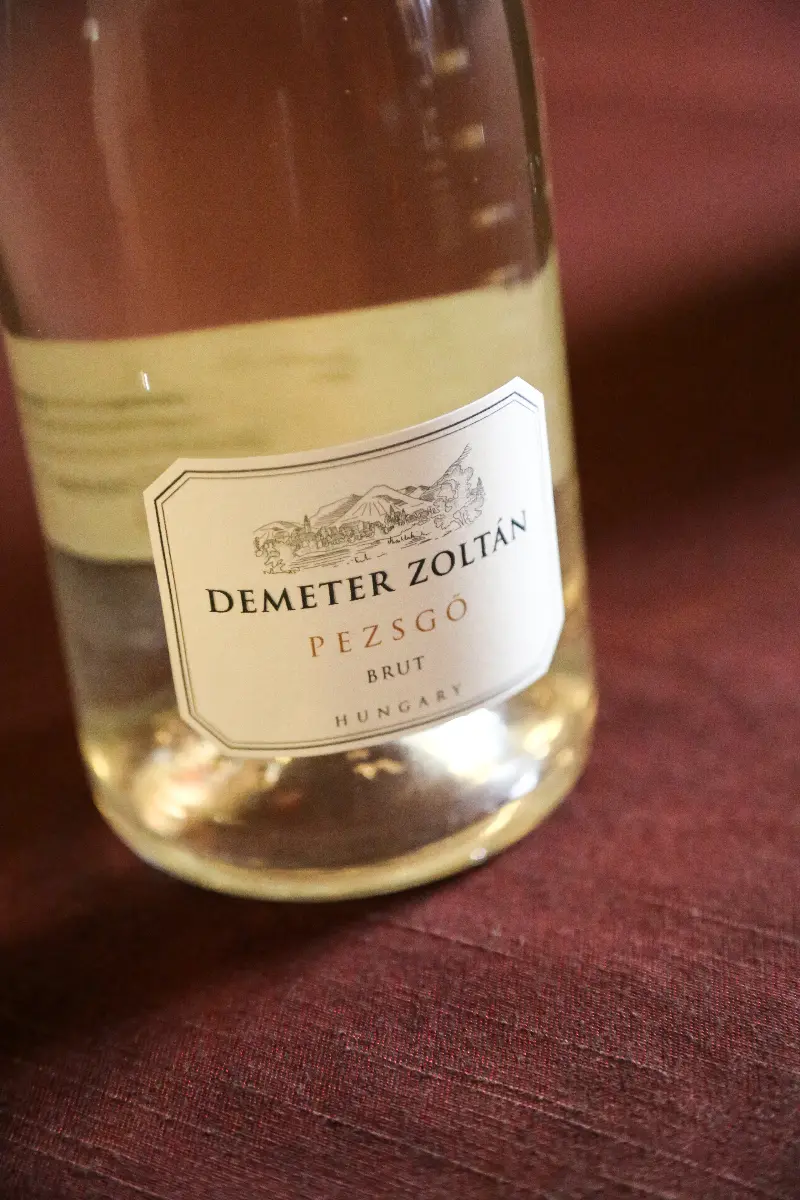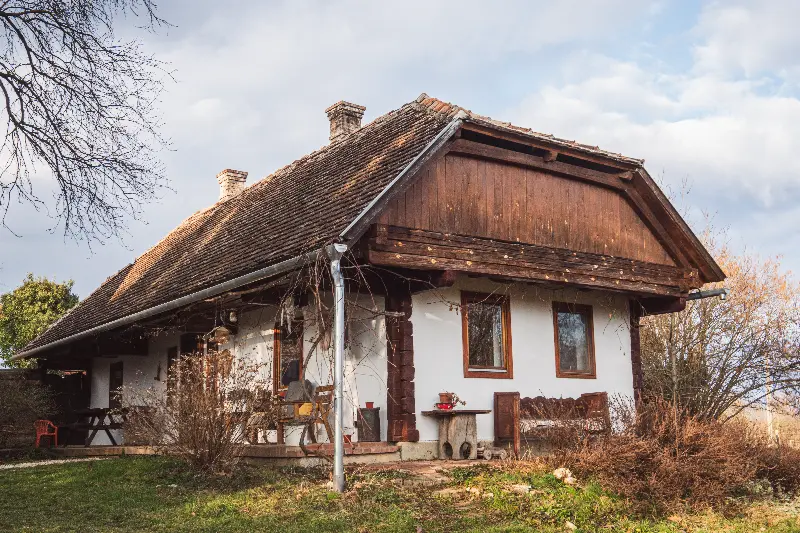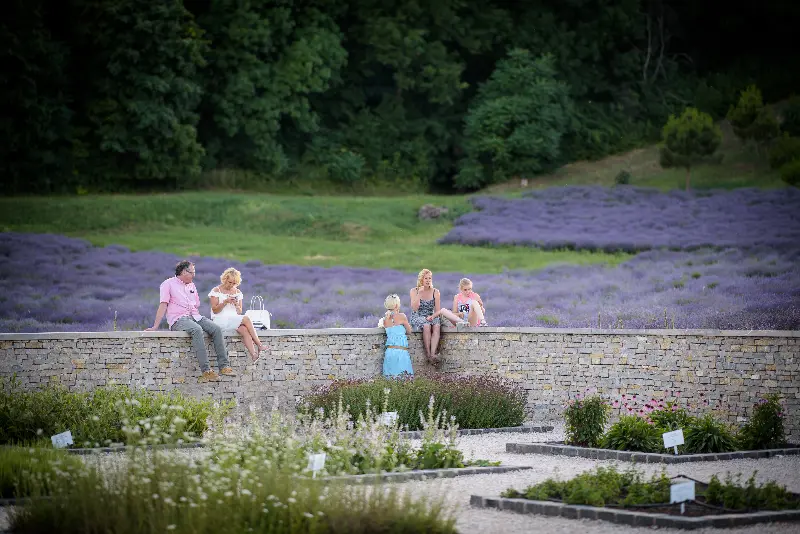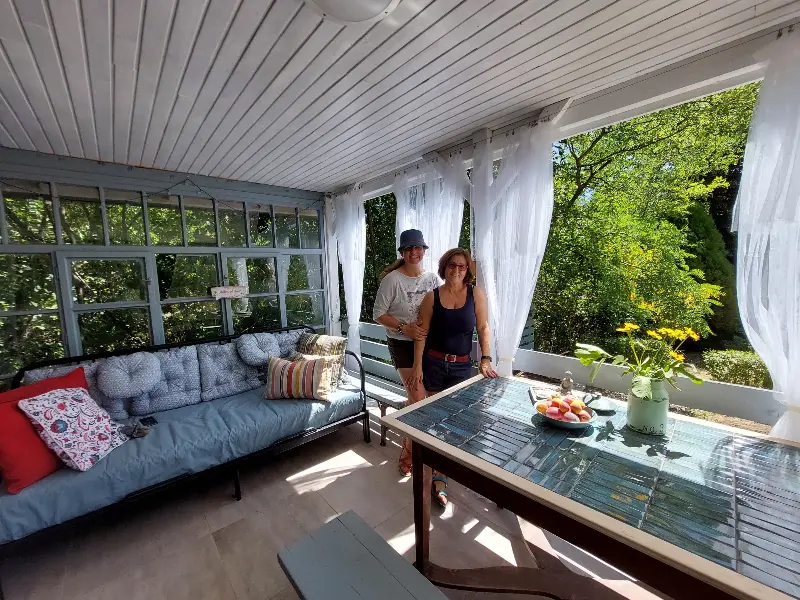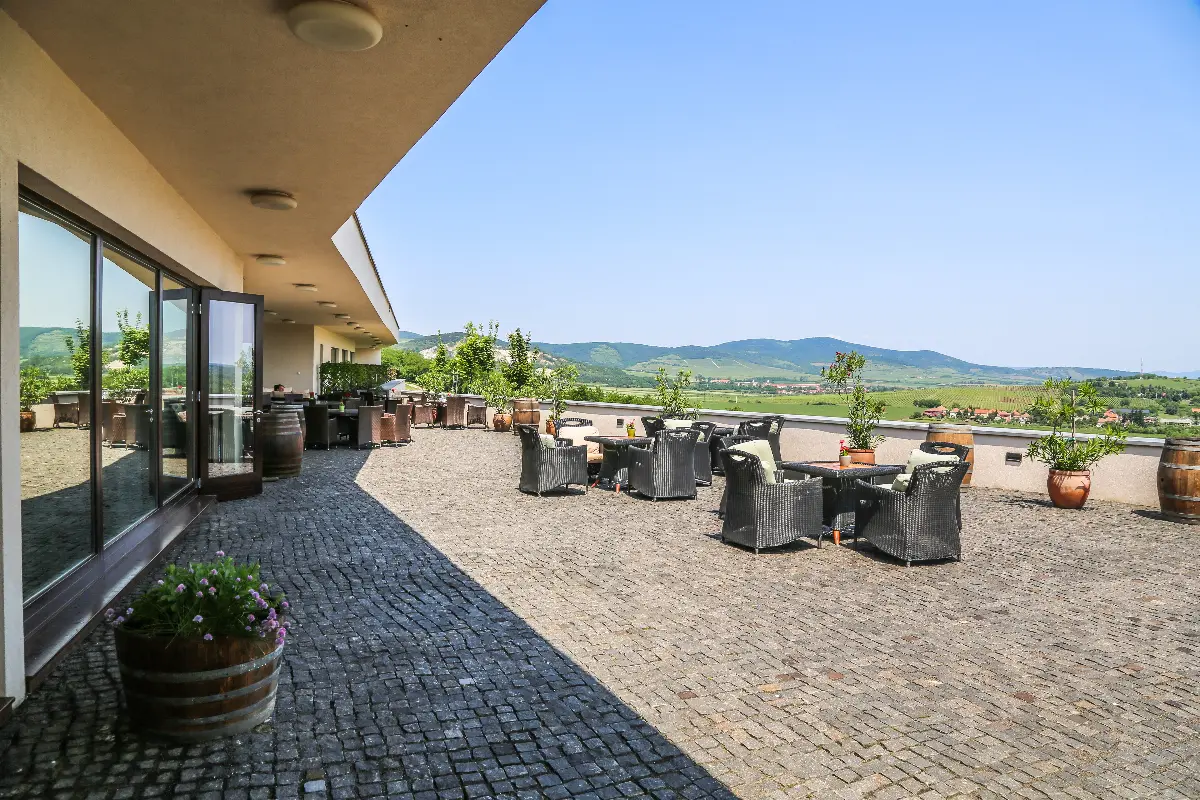
Helyszín címkék:
Refreshing wine region: 5 exceptional champagne from Hegyalja (foothills)!
Ripka Gergely
Now anyone have the opportunity for own champagne
Zoltán Demeter from Tokaj is generally known as the considerable front-line fighter of the genre of champagne in Hungary. The vintners’ 12 points listed by him started the process due to which since 2013 smaller cellars can make champagne by themselves without the deposit of 30 million and they don’t have to go to rental plants with cuvee as it was the practice before 2012. Namely, the ones who are feisty enough, they can bottle traditional champagne. At Tokaj-Hegyalja only two smaller wineries have taken this opportunity so far, but Sauska Pince (cellar), the Dereszla and Henye vineyard also make their own champagne over considerable improvements, moreover in Bodrogkisfalud sparkling drink is made from anyone’s wine with the opportunity given by community infrastructure (avoiding contingencies of the shed). After the Törley and Garamvári era the surge of champagne-madness exploded 10 years ago with József Szentesi’s champagne in Hungary, then the Kreinbachers opened another chapter in quality. But where may the champagne be in a wine region famous for its sweet wines?
The whole champagne story of Tokaj
While the quality of Hungarian (including Tokaji) champagne is a really mixed bag, the wine region history of the genre reveals curiosities. The champagne experiments of the large scale processing may be less significant, but in 1829 baron Miklós Vay already registered champagne of Golop in his cellar. For now it hasn’t turned out yet that the champagne of Golop made along inspiration of “campania” (i.e. from Champagne) had made as a great career as currently well-known types of Tokaji wines (szamorodni, aszú etc.) Hardly.The topic of champagne seems to polarize public opinions of Tokaj as well. It’s obvious that excellent dry wine can be made from furmint. Good champagne can also be made from it. None of them is easy, but both of them are possible. The opinion of a famous vintner from Hegyalja on the subject is that aszú, which is difficult to sell nowadays, must be “preserved” somehow: there is one that preserves it with capital from outer sources, investors, another enterprise, while others do it with wines and champagne.
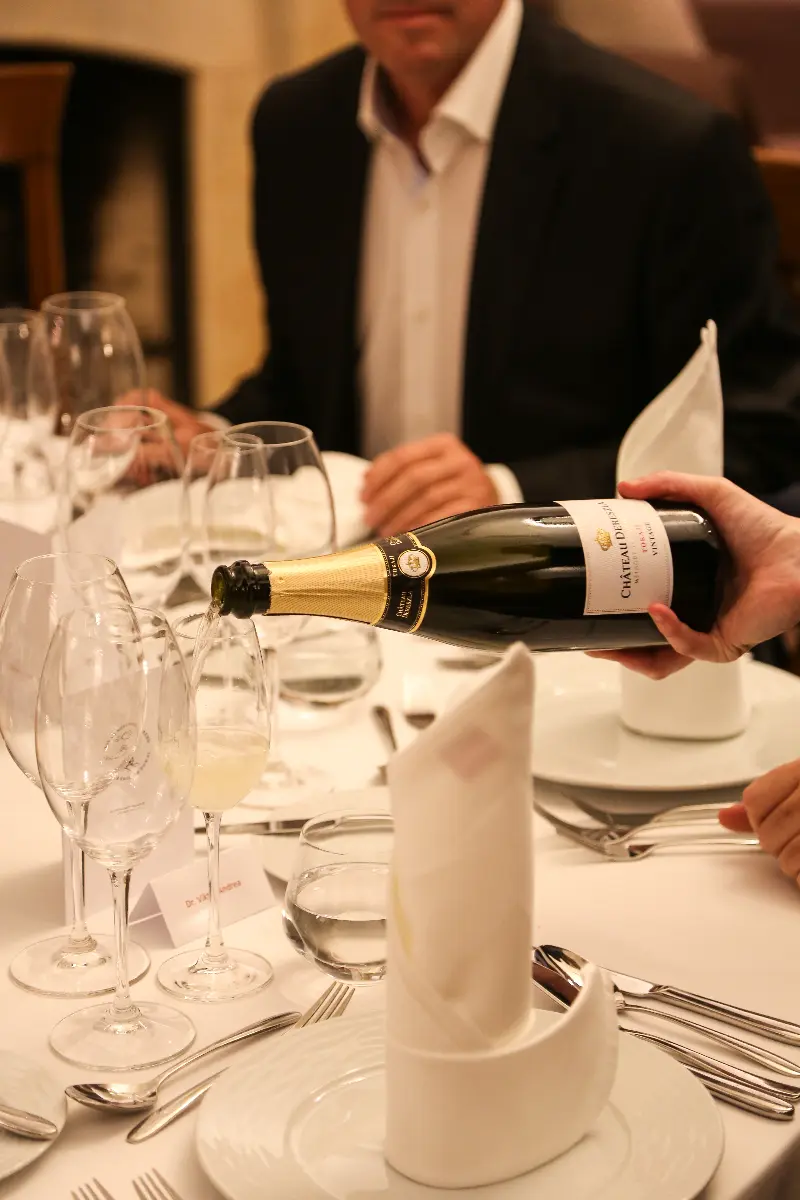
Let’s see who has got the highest by bubbles so far:
Zoltán Demeter Hárs (linden) champagne
Youthful colour, tiny bubbles. Aroma with bread yeast, bread crust, fresh and flowery with unique characters of the variety. The taste of fine, tiny bubbles, clear acids, tenseness, nice dosage (which can be felt chilled more intensively, less intensive by getting milder). Pure, youthful, dynamic, plain champagne with a plenty of vigorous citric aromas, nice proportions.
Zoltán Demeter Tokaji champagne 2015
A brilliant encounter of the PSR champagne and Tokaj in one wine: the best features from both. Even its appearance has tiny bubbles, its aroma is fresh with green apples, peaches, white flowers, great crystal clear fermentation in bottles. The taste with tiny, melting bubbles adapting in the sip. Fresh acids, pure tense elegance, refine, precise, accurate like clockwork. The terroir of Tokaj, the local variety and the genre of champagne sparkle at us together. Pure coolness, freshness, drying but with not too lean champagne notes. Maybe the best one of the cellar in Tokaj so far but the champagne can be placed in the forefront nationwide too.
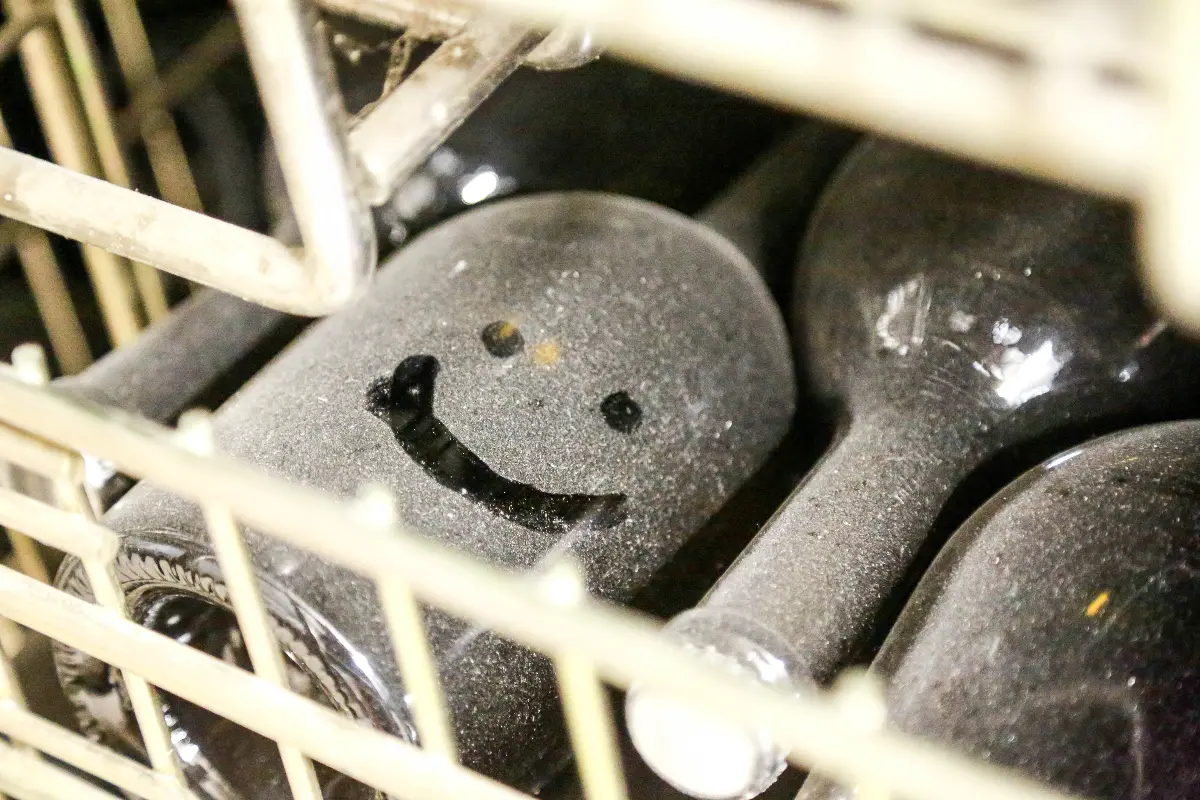
Tokaj Nobilis Furmint Champagne
Sarolta Bárdos from Bodrogkeresztúr must be also ranked among the wine region pioneers of the genre who does every phase around champagne in her small family cellar. Her champagne made from furmint is always fresh, charming, elegant. It is characterized by tiny bubbles, graceful acidity, mineral notes of the furmint with pure flavours from short to long on the palate.
Dereszla Classic Brut
It is almost a gift from the mall for two thousand and some hundred forints. Pure furmint from the marvellous 2017 which spent 10 months on the deposit formed in the bottle. Light silver colour. Tiny bubbles are flowing thickly up from the bottom of the glass. The aroma is of bitter, sharply pure citrus fruits, green apples, fine sparkling. The taste is delicate carbon dioxide, bubbles do not exaggerate at all, then bitter, tense acids, with quite lean, cool and finely salted aftertaste (for fans of bone-dry champagne). A real aperitif! Quite strict and dry aftertaste but it’s self-confident, convincing and professionally presented Tokaji champagne for this price (work by the Bai siblings free from so frequent teething problems).
Sauska Brut
Krisztián Sauska began to establish a serious champagne factory and a cellar in Budafok. Even in the glass there are big bubbles, strong foaming. A real champagne from the schoolbook. Flowery, powdery, perfumed with lots of ripen but fresh white-fleshed fruits, green apple, yeasty. Rich base wine, serious champagne, nice sugar, long taste, integrated bubbles everywhere. Finally fine drying! Everything happens in it that can happen in a bottle of champagne.
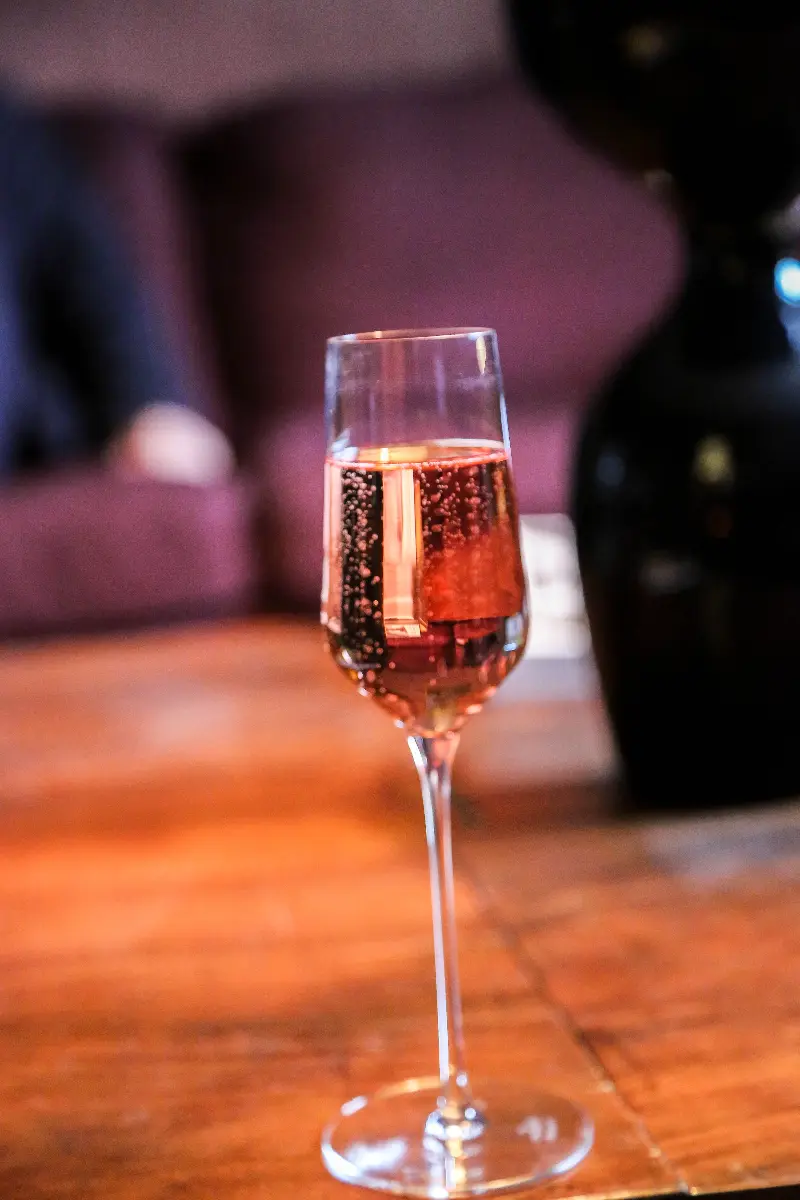
How are the best types of champagne made?
There are 3 typical ways in which champagne is made from still wines. Besides cheap champagne made by tank or transfer method, the so called methode traditionnelle (developed in Champagne) method forms the upper house of the champagne. Here sugar syrup and yeast are added to the still base wine in the final 0.75 litre bottles, then they are closed (typically with crown caps). After the second fermentation dead yeast cells are removed from the finished champagne during disgorgement, it is filled with “liqueur d’expédition” and the residual sugar is determined (dosage), it is stoppered with a cork held on with a wire muzzle and is marketed in this way. The items of Tokaji champagne in our article are all made even today by this laborious, more then 300-year-old method.
